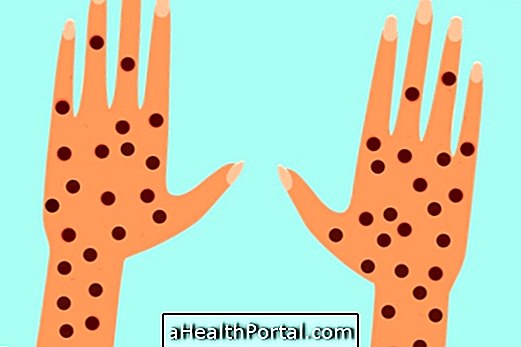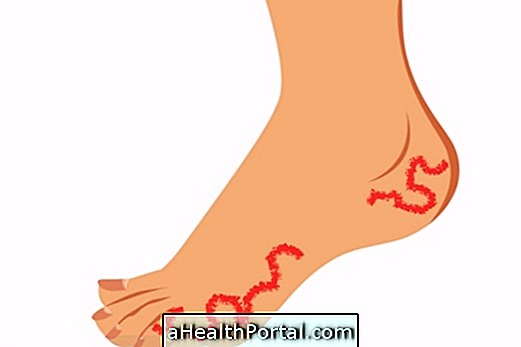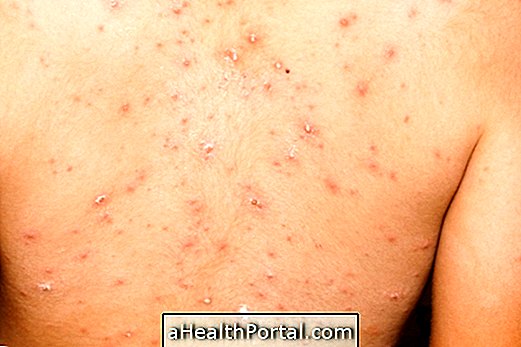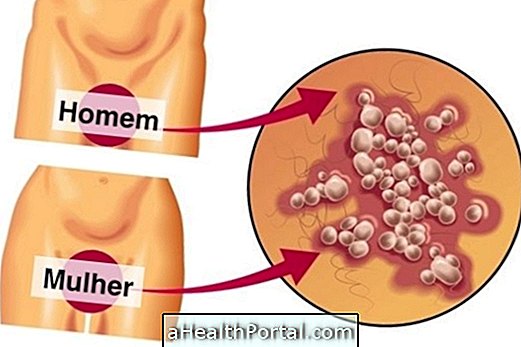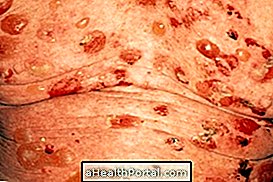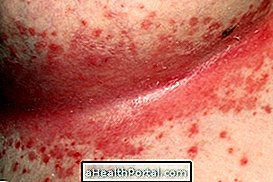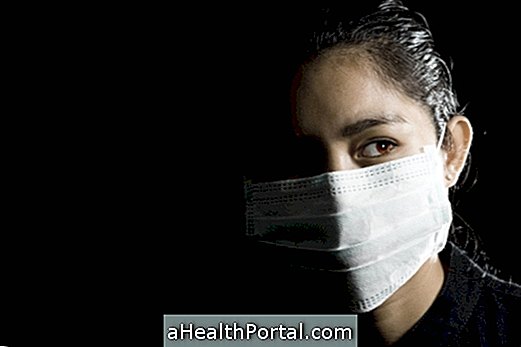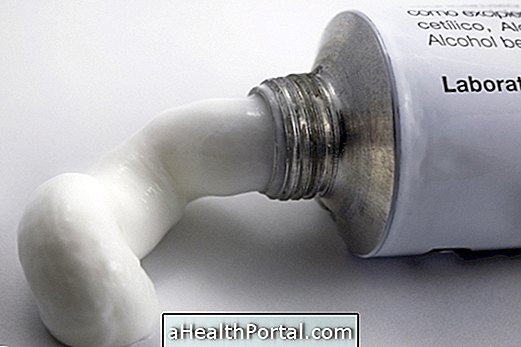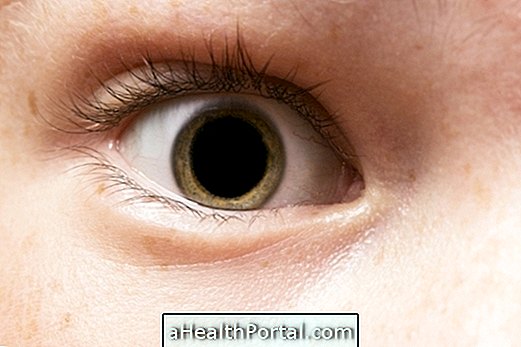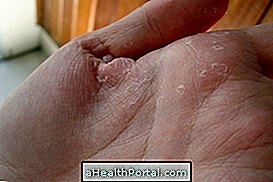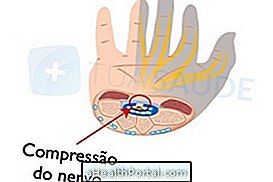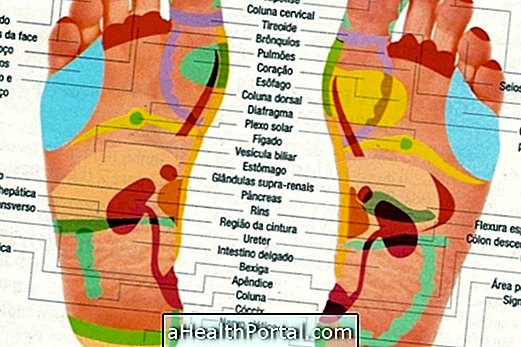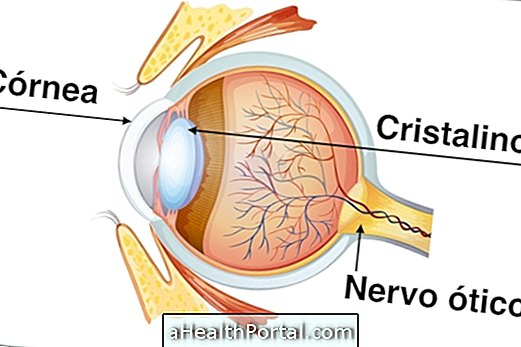Treatment for atopic dermatitis should be guided by a dermatologist as it usually takes several months to find the most effective form of treatment to relieve symptoms.
Thus the treatment is initiated only with daily baths with warm water to keep the skin clean and application of emollient creams, such as Mustela or Noreva, 2 times a day to keep the skin well hydrated and healthy.
However, when these treatment measures do not show results, the doctor may advise to try other treatments such as:
- Corticosteroid creams such as betamethasone or dexamethasone help relieve itching, swelling and redness of the skin; however, they should always be used under the doctor's guidance as they may aggravate symptoms or cause infections, for example;
- Skin repair creams, such as Tacrolimus or Pimecrolimus: are creams that help increase the defenses of the skin, keeping it looking normal and preventing the onset of itching;
- Allergic remedies, such as Diphenhydramine or Triprolidine: relieve the symptoms of itching and help the patient to fall asleep during bouts of dermatitis, as they cause a lot of drowsiness;
- Phototherapy : consists of exposing the skin to ultraviolet rays to reduce the redness and swelling of the skin layers.
In the case of atopic dermatitis in the baby, it is still recommended to consult the pediatrician to select the best treatment, since not all treatment can be used in children.
See also: Does atopic dermatitis have a cure?
Home treatment for atopic dermatitis
A great home treatment for atopic dermatitis consists of putting 1 cup of oatmeal in 1 liter of cold and then applying the mixture on the affected skin for about 15 minutes. Then wash the skin with warm water and neutral soap and dry without rubbing the towel on the skin.
Oats are a natural substance with soothing properties that help relieve irritation and itching of the skin. Oats can also be replaced by cornstarch because they have similar action.
Natural treatment for atopic dermatitis
The natural treatment for dermatitis should complement the clinical treatment indicated by the doctor and usually includes:
- Avoid passing perfume or scented lotions on the skin;
- Avoid contact with substances that may develop or worsen symptoms, such as pollen or pool water. Learn more at: What Causes Atopic Dermatitis.
- Do not take very hot and prolonged baths, because they dry the skin;
- Dry the skin with a soft, fluffy towel;
- Use daily moisturizer for dry or extra-dry skin;
- Wear cotton clothes, avoiding those of synthetic fabrics;
- Avoid very hot environments that favor sweating.
In addition to these care, it is necessary to take care of the skin even after the atopic dermatitis disappears, keeping it properly hydrated. Avoiding exposure to the causative agents of dermatitis is also important for successful treatment.
See also: Food to improve dermatitis.
Signs of improvement of atopic dermatitis
Signs of improvement in atopic dermatitis may occur after the first week of treatment and decrease redness, swelling and itchiness in the skin.
Signs of worsening of atopic dermatitis
Signs of worsening atopic dermatitis are most common when a cause for the problem can not be found and treatment can be appropriate, and may include wounds on the affected skin, bleeding, skin pain and even fever above 38 °. In these cases, it is recommended to go to the emergency room to start treatment for infection.
